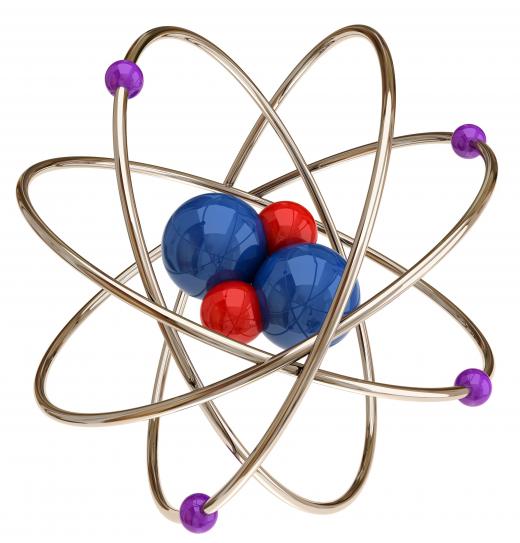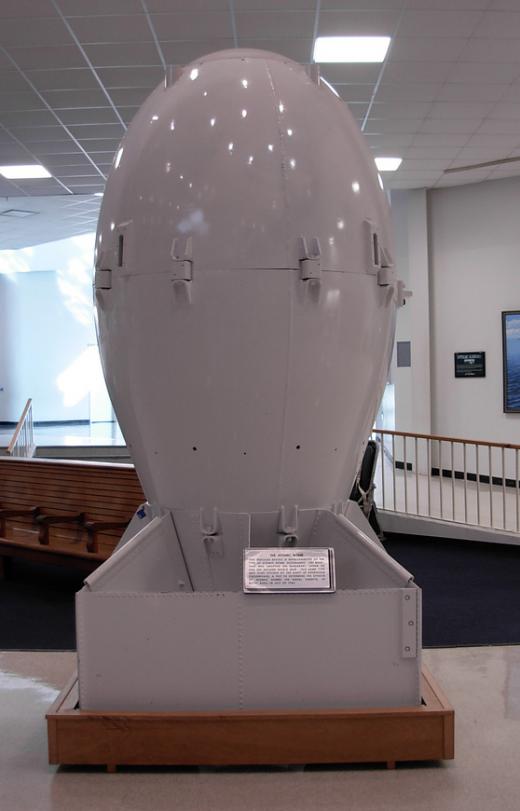What are Nucleons?
 Michael Anissimov
Michael Anissimov
Nucleons are atomic particles that make up the majority of mass in matter. Atoms have a nucleus that is made of up these particles — also known as protons and neutrons &mash; and electrons, which orbit the nucleus. An atom can be viewed as a miniature solar system, with "planets" (electrons) orbiting a central "star" (the nucleus). Electrons only have 1/1836 the mass of protons, and 1/1837 the mass of neutrons, while neutrons and protons have about the same mass.
Only rarely are nucleons found independently — they are usually tightly locked in the nucleus of atoms. They are held together by the strongest force in the universe, called the strong force. The strong force is about 100 times stronger than the electromagnetic force, but it only operates on extremely tiny distances, such as in an atomic nucleus. When its power is released, by breaking or fusing together atomic nuclei, the results are amazing. This is commonly known as "nuclear energy," and can be seen in the energy generated by the Sun or the destructive power of an atomic bomb.

Occasionally, protons and neutrons exist independently. Radioactive decay, found in substances like uranium, is a process by which elements slowly emit protons and neutrons in forms known as alpha radiation. This, coupled with other forms of radioactive radiation, can be harmful to humans. Space is filled with such radiation, made up of energetic particles traveling in straight lines at velocities close to that of light. These particles are emitted in small amounts by every star.

In particle accelerators, physicists accelerate atomic nuclei into each other at great speeds, to blast them apart and liberate a shower of particles that can be analyzed. Various exotic particles have been found in this way. For instance, in 1969, it was verified that nucleons were in fact composed of smaller particles, named quarks, held together by force-mediating particles, named gluons. Before these high energy experiments, quarks had been used as a convenient theoretical construct, but it was only after the experiments that it was determined that they were, in fact real, particles.
AS FEATURED ON:
AS FEATURED ON:












Discuss this Article
Post your comments